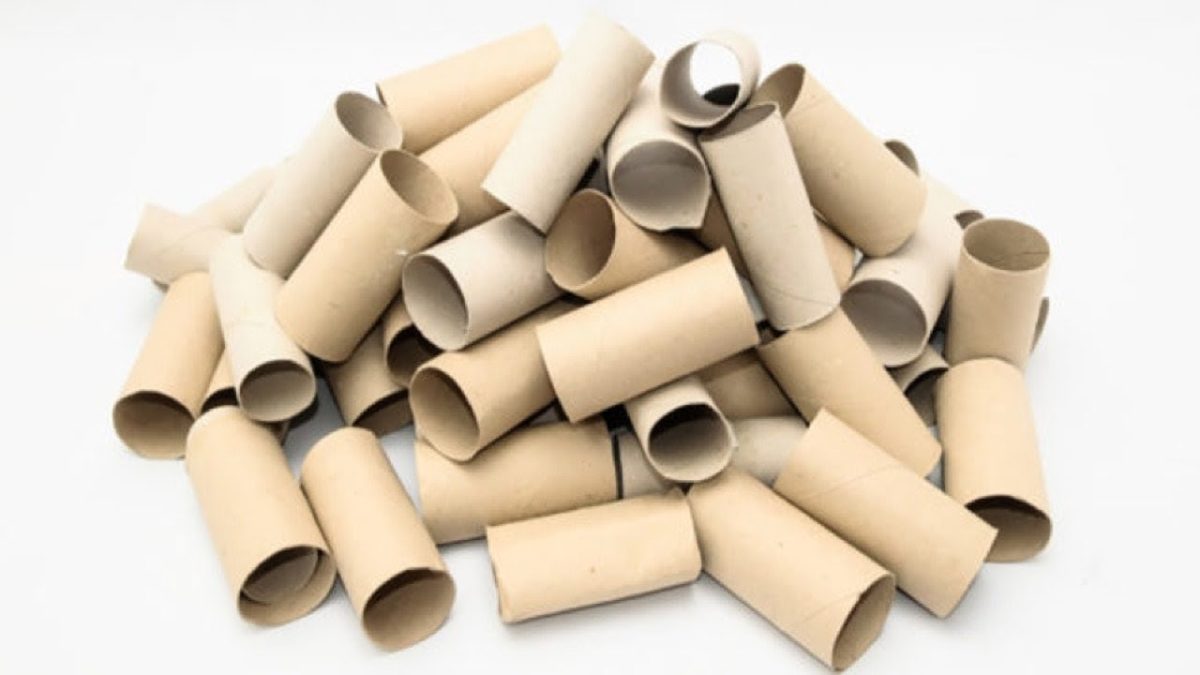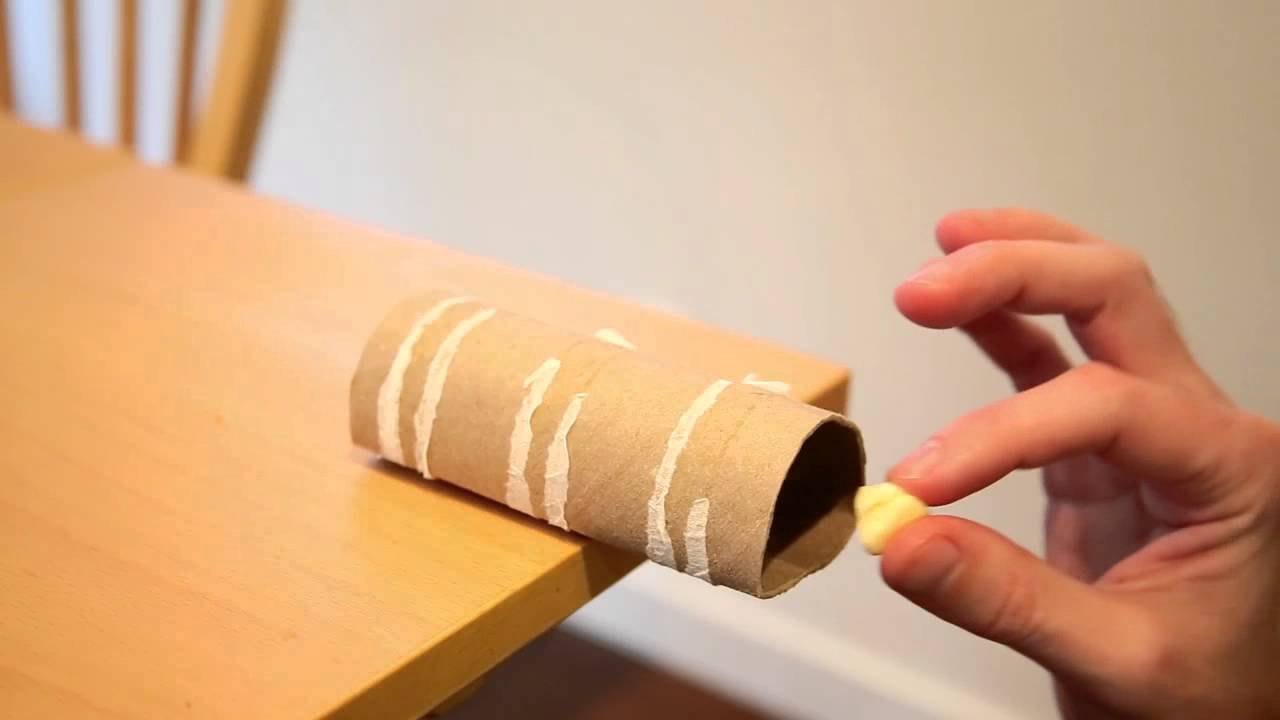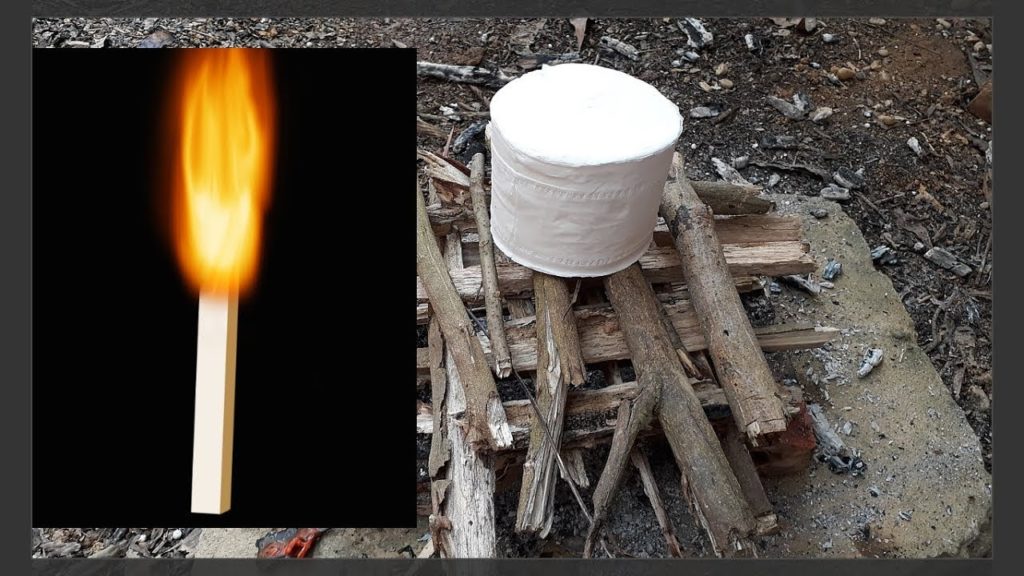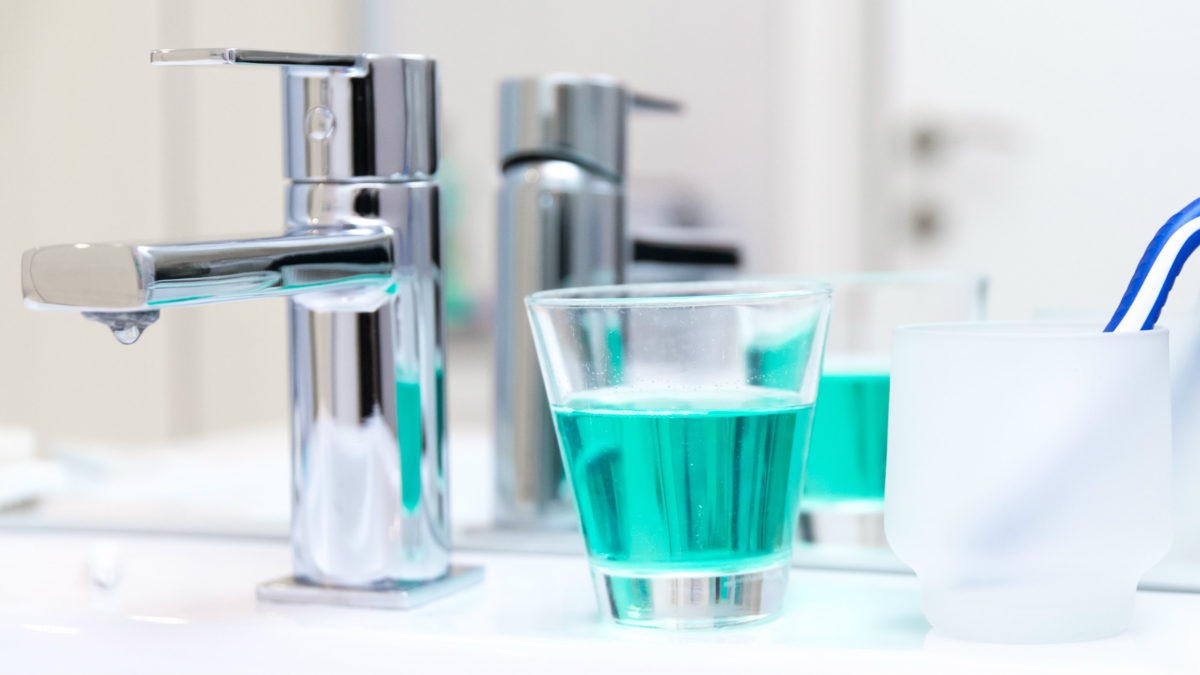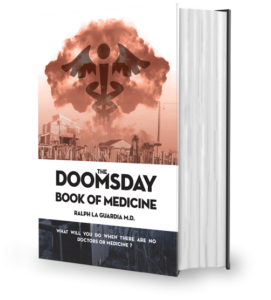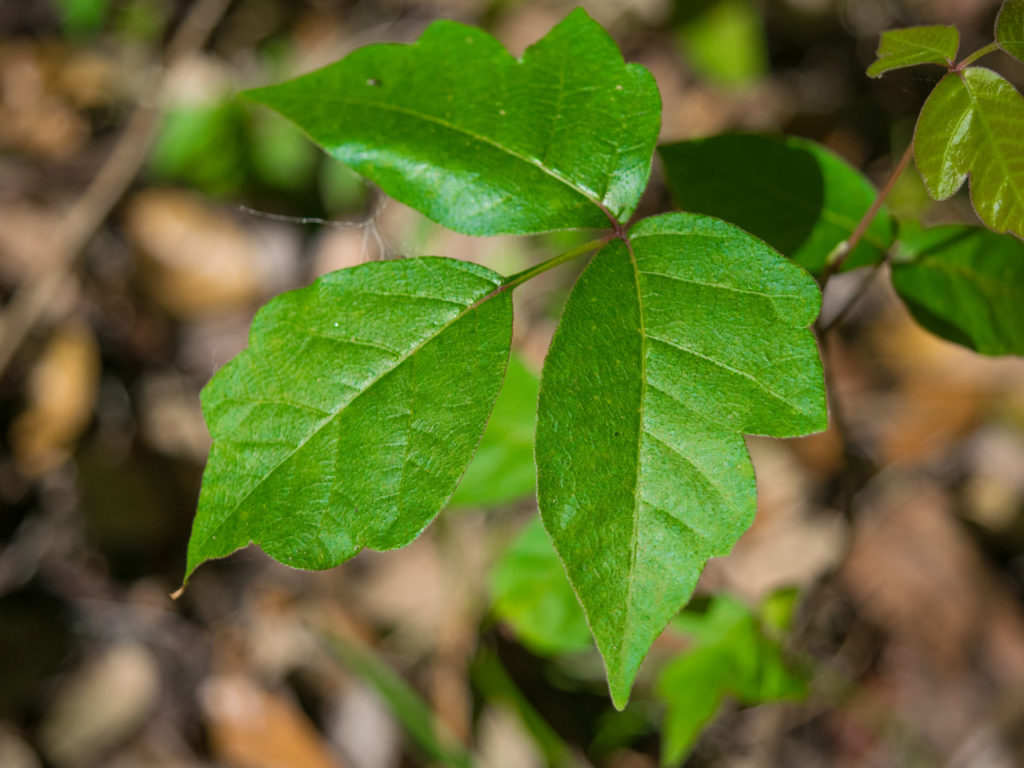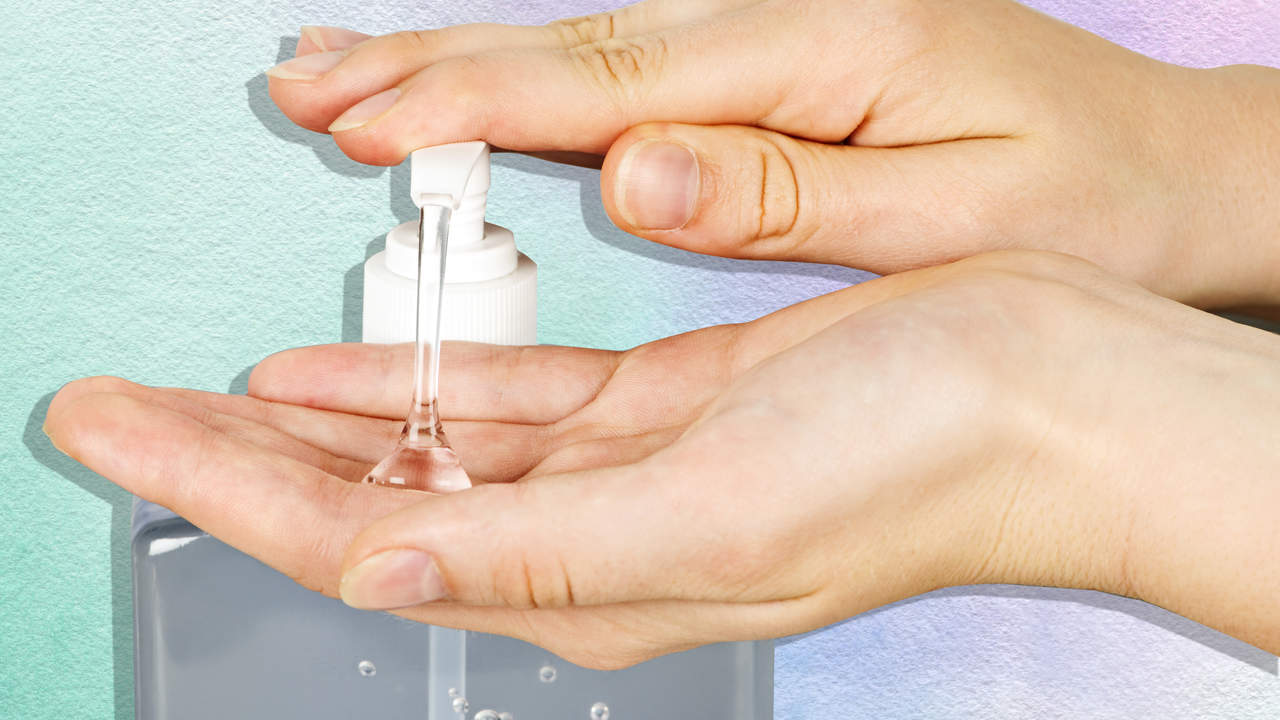7 Ways to Repurpose TP Rolls
Honey! I think I shrunk the…toilet paper stockpile. Don’t like it? Try this one for size: an empty toilet paper roll by any other name would smell as sweet. Welcome, weary traveler, to yet another kick-ass presentation on how common household items can save your life, “can” is the leitmotif of this here article.
Yup, you’ve guessed it – today I’m going to talk to you about the afterlife of TP rolls. You know those carton cylinders we used to stole as kids from the trash to make “spyglasses”? Well, believe it or not, even though they’re the ghost of TP past, they can still be of some use to us. Luckily, most of those purposes revolve around our favorite topic which is survival.
So, without further ado or a-pun, here are 7 clever ways to use empty TP rolls in SHTF situations.
- Keeping your important docs safe, sound, and dry
In any shit hits the fan situation, there’ll be a lot of running, climbing, digging, and falling. Clothes and footwear can be washed and hung up to dry; even most electronics have some sort of waterproofing. Unfortunately, the same thing cannot be said about important documents such as driver’s license, photo ID, house deed or other things you may be carrying in your B.O.B. One easy way to make sure your precious docs don’t get totaled by water is to place them inside an empty TP roll.
Use some plastic food wrap or tin foil to seal both ends, and you’ve got yourself a weatherproof doc pouch. Well, it’s more of a roll rather than a pouch, but you get it. You can use the same trick to keep other things dry like headphones, lighters, matches or whatever.
- Hunting and trapping very small game
I know the perspective of gutting a small and innocent critter sounds horrific, but in an SHTF situation, you won’t have much of choice. If you’re hunting and trapping skills aren’t good enough as to allow you to create deadfall pits or body-gripping snares, you may be able to craft a small and very efficient one using an empty TP roll, some glue or double-sided tape, and something sweet.
Apply some double-sided tape to one of the openings and place the bait on the open end. Works great for small critters such as field mice. When Jerry sees the morsel, he’ll charge the tube to grab it. Once he enters the tube and takes the bait; he’ll try to get out the other end. As the double-sided tape is transparent, he won’t suspect a thing. As for the killing and gutting part, I’ll leave that one up to you.
- Making a fishing box
Remember the part where I’ve told you that every heavy-duty B.O.B should contain some sort of fishing kit? Well, if you don’t plan on spending too much money on portable fishing kits, here’s how to make your own using an empty roll of TP. First of all, you will need to waterproof your container. For this, you will need some resin. Use a brush and coat the entire roll. You will need to apply at least three layers of resin. Allow it to dry before proceeding to the next step.
Now, secure one end of the roll using a plastic or metal cap (go see your local thrift store for those). Apply some epoxy before putting on the cap. Now add a similar cap on the other end.
Don’t use epoxy because this will be the opening. Assemble your fishing kit: hooks, line, weights, small blade, flotation device, and place them inside the toilet roll. If you want to make the fishing kit look even more awesome, you can wrap it in paracord and add a small karabiner to the screwable cap (stop laughing). Enjoy!
- Voicing your concerns
In an SHTF situation, you may not be able to use your gadgets to make the rescuers aware of your presence. Although your B.O.B should contain at least one type of signaling device, like a whistle, signaling gun, flares or all three of them, it may possible to use an empty toilet paper tube to amply your screams for help. Yes, I know it’s sounds something a child may do, but every little bit helps. Remember that there are times when salvation comes not from intricate life-saving gadgets, but from a simple and silly thing like a TP roll.
- Gimme fuel, gimme fire
As you know, nothing’s more soothing than watching those dancing flames in the night. No matter how shitty things get, you can always rely on a campfire to make you regain your composure. In case you’ve lost your tinder box or have nothing else on hand to start a fire with, you can always use a TP roll as tinder.
- Prescription glass protection case
As a person who needs to wear glasses around the clock, I haven’t had much use for protective cases. Still, in a situation that call for protection, you can always place your prescription glasses or sunglasses inside an empty TP roll.
- Keeping your cords together
There’s nothing more frustrating than opening your bug out bag and seeing all those cords tangles. Even worse is the fact that you’ll have to spend hours on end to untangle them. Sure, that’s not a problem when you’re at home, but you won’t have the luxury of time during a potentially life-threatening situation.
A simple way of keeping your cords together and prevent tangling is to make a small crease on the side of a TP roll and to tuck the cord inside. Draw one end of the cord through this crease, and that’s it. You’ll never have to untangle another paracord again. You can also do the same with power cables and strings. Remember the golden rule: if it looks stupid, but it works, then it’s not stupid!
That’s it for my ways to repurpose TP rolls. Feel that something’s missing from the list. Hit the comments section and let me know.
Other self-sufficiency and preparedness solutions recommended for you:
The Lost Ways (The vital self-sufficiency lessons our great grand-fathers left us)
Survival MD (Knowledge to survive any medical crisis situation)
Backyard Liberty (Liberal’s hidden agenda: more than just your guns…)
Alive After the Fall (Build yourself the only unlimited water source you’ll ever need)
The Lost ways II (4 Important Forgotten Skills used by our Ancestors that can help you in any crisis)
The Patriot Privacy Kit (Secure your privacy in just 10 simple steps)
Honey! I think I shrunk the…toilet paper stockpile. Don’t like it? Try this one for size: an empty toilet paper roll by any other name would smell as sweet. Welcome,

